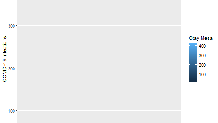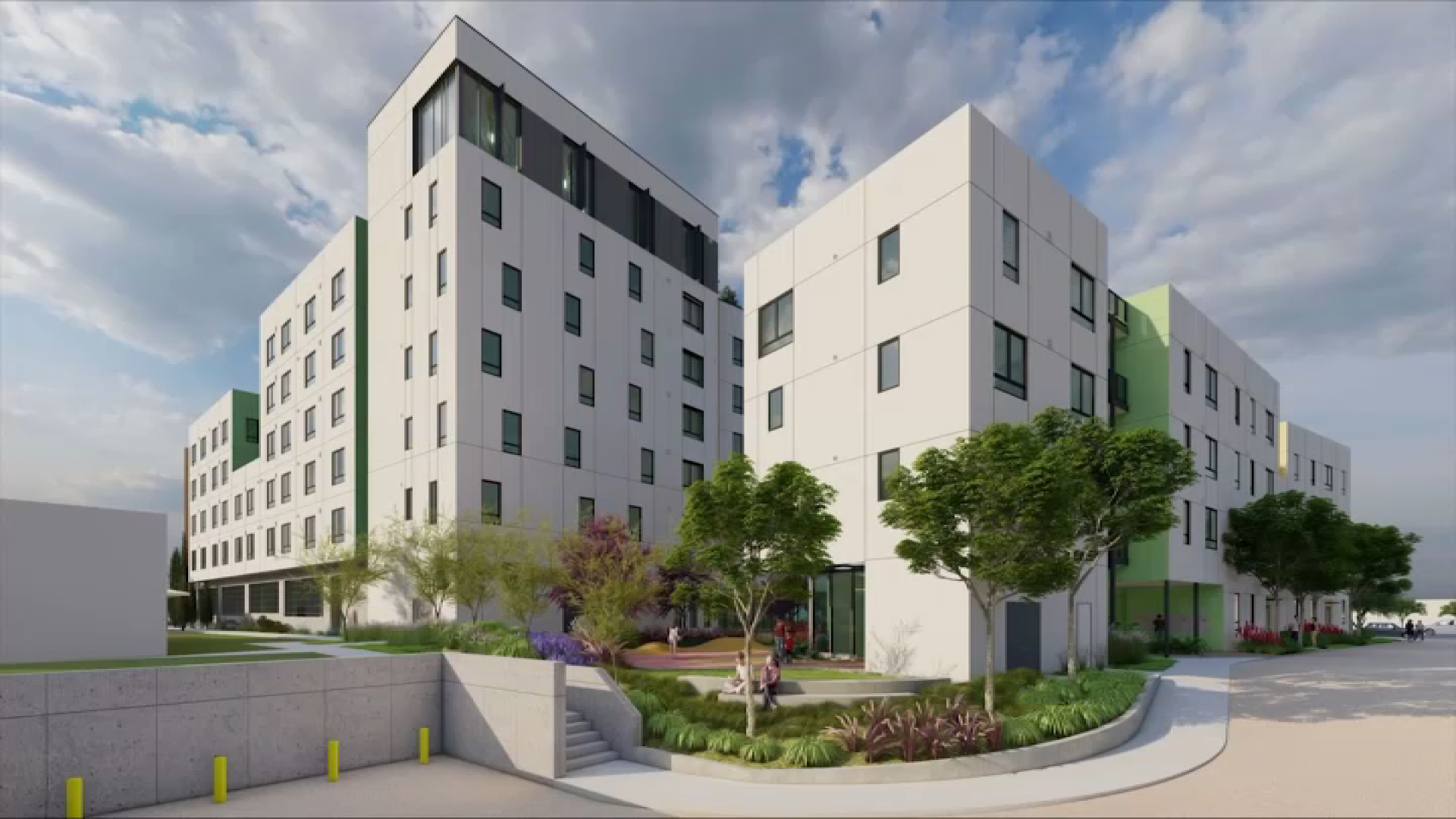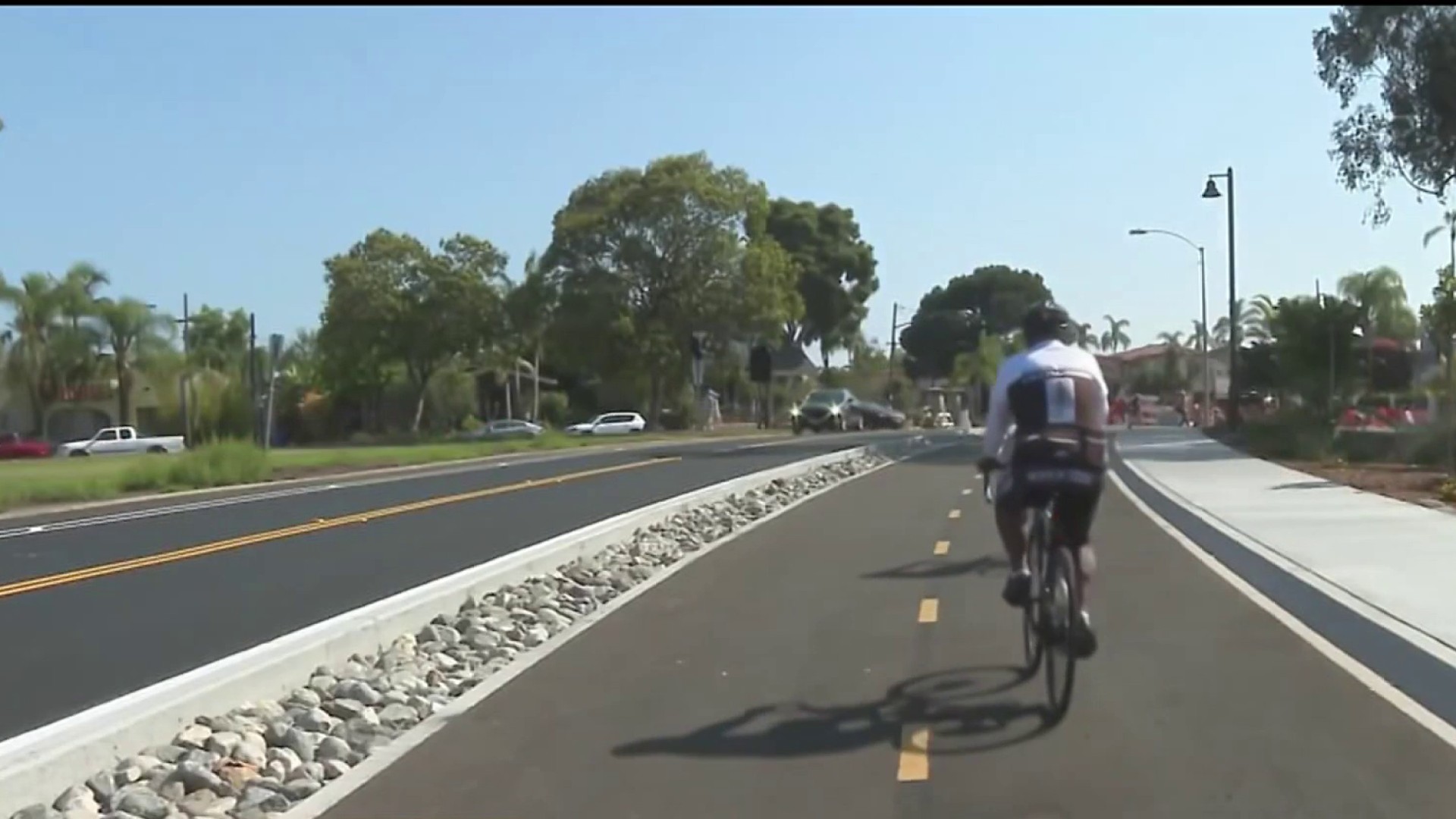COVID-19 infections are ravaging Hispanic and Latino neighborhoods in South San Diego County.
Newly released data from the county of San Diego shows Hispanics have the highest rate of infections and neighborhoods with large Hispanic populations, such as those communities near the U.S.-Mexico border has quickly become the epicenter for COVID-19 infections in San Diego County.
At the center of the pandemic sits two zip codes, 92154 and 92173, both are located along the border and include neighborhoods such as Otay Mesa, San Ysidro, and Egger Highlands. According to regional planning data, the zip codes are predominantly Hispanic; the 92154 zip code is 66% Hispanic and currently has the highest number of cases with 426 cases. As for the rate of infections, county health data shows that 522 people would test positive for every 100,000 residents.

In the 92173 zip code, directly to the south of 92154, 92% of the population is Hispanic. That zip code has the second-highest frequency of infections with 494 residents per 100,000, according to county data.
Overall, throughout the county, Hispanics have contracted the deadly coronavirus on a much more frequent rate than any other group. Out of the 4,319 COVID-19 cases in San Diego County, 1,910 are Hispanic or of Latino descent, that’s nearly double the number of whites who have tested positive for coronavirus.
Some residents say the county has failed to adequately inform the Hispanic communities of the dangers from COVID-19.
Local
Emilio Vargas, 47, lives in Otay Mesa with his wife Ana and both tested positive for COVID-19.
Vargas’s mother-in-law and nephew also contracted the disease -- his nephew is currently in an intensive care unit.
“I was miserable,” Vargas told NBC 7 Investigates. “I was looking at the clock every minute. It was just this pain that I can't describe how bad it was.”
“I still see people on the streets with no mask, no gloves, absolutely no social distance,” added Vargas.
Roberto Alcantar, who works with the Chicano Federation, agrees that the county could do more to inform community members of the risks and steps they should take to prevent further spread of COVID-19.
“When this crisis started we had to demand and push the county to provide this information in multiple languages,” Alcantar said.
But a lack of information is not the only reason for the high rate of infections in the Hispanic community. Alcantar says largely Hispanic communities typically have more people living under the same roof as well as have high rates of obesity, diabetes, asthma, all underlying conditions that could lead to severe cases.
“If you are looking at multiple families living under one roof and if you have multiple low wage essential workers going to their job and then they come back, they are exposing everyone in those different families,” Alcantar said.
But Hispanics are not the only ones who appear more susceptible to contracting the coronavirus. Other minority groups such as Black and Asians are more prone to catching COVID-19 in San Diego County.
Current data shows Blacks also have a high rate of infections, despite accounting for only 6% of San Diego County’s population. Until now, 149 people of African American ancestry have tested positive for the disease. After factoring in the population that is a rate of 100 people for every 100,000.
The next highest race demographic impacted are Asians, 300 people of Asian ancestry tested positive for COVID-19, at a rate of 82 people out of every 100,000.
Last on the list are whites with 967 infections at a rate of 63 out of every 100,000.
As for allegations that the county has so far failed to properly inform those in minority communities in San Diego, a spokesperson sent NBC 7 Investigates links to information provided in Spanish and said that the statement couldn’t be “further from the truth.”



